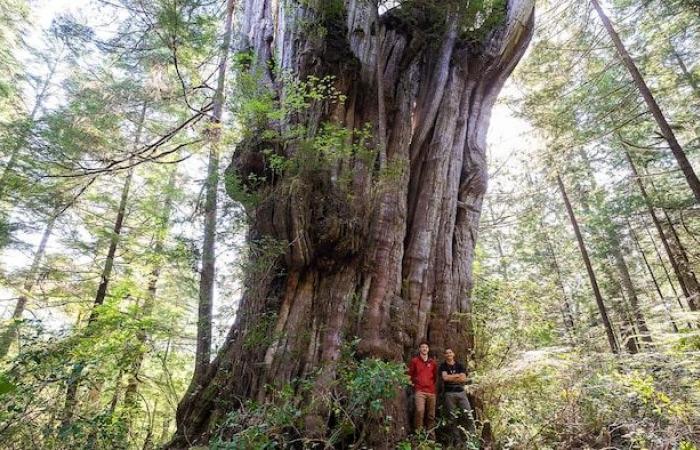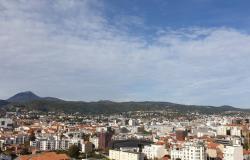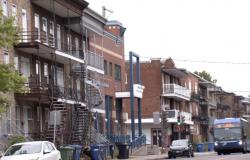Ten conservation areas in Clayoquot Sound on Vancouver Island are now created and will protect 760 km2 of forest farm concession 54.
British Columbia asked the population to have their say on this issue at the beginning of April.
In a press release published Tuesday, the province mentions a massive support
.
These conservation areas will be managed by the Ahousaht and Tla-o-qui-aht First Nations, under the Parks Act. The goal is balance ecological and cultural protections with opportunities for reconciliation and economic development
.
In 1993, the largest civil disobedience mobilization in the country culminated after more than a decade of struggle to defend the forest of Clayoquot Sound.
The 760 km2 of Crown land that will be protected contains old-growth forests, habitat for endangered and protected species, and land adjacent to areas already protected, such as the park Strathcona. The province says the conservation zones will come into effect on June 26 and that this is part of the province’s plan announced in 2020.
Open in full screen mode
Meares Island is located northeast of Tofino on Vancouver Island, British Columbia.
Photo: Radio-Canada / Mélinda Trochu
The hereditary representative of the Ahousaht, Tyson Atleo (?ikaatius), specifies in a press release that the creation of these conservation zones represents more than a decade of community engagement, technical work, partnership building, negotiations and multi-generational efforts to position the Ahousaht as leaders in natural resource and protected area management in [leurs] territories
.
These conservation areas are welcome as part of a broader vision to implement Aboriginal title and rights of the Ahousaht to generate economic opportunities through a forest carbon project and community forestry, and to ensure social and cultural access to forest resources.
In the continuity of local struggles
Saya Masso, Tla-o-qui-aht land and resource manager, says her people feel recognized and respected
.
After Meares Island was declared a tribal park in 1984, other parts of our territory began to be described as tribal parks and began to create a vision that we wanted to see this old growth forest alive for our culture.
Open in full screen mode
Saya Masso is the land and resource manager for the Tla-o-qui-aht First Nation. (Archive photo)
Photo: Radio-Canada / Simon Charland-Faucher
Saya Masso explains that tribal park wardens will have more responsibilities and that the First Nation plans to manage a forestry permit by establishing rotations for tree growth. This will notably make it possible to employ tla-o-qui-aht foresters.
We are trying to eliminate the economic pressure that favors logging and manage forest tenure that is in our interest and meets our needs.
Canada’s Old Growth Nature Fund has provided $8 million to help restore areas that First Nations want to use.
Steven Guilbeault, Minister of Environment and Climate Change of Canada, assures in a press release that the conservation zones in Clayoquot Sound % of land and water here2030 and reverse biodiversity loss”,”text”:”contribute to priority objectives [du Canada] to protect 30% of land and water by 2030 and reverse biodiversity loss”}}”>contribute to priority objectives [du Canada] protect 30% of land and water by 2030, and reverse biodiversity loss
.

Open in full screen mode
Ancient Forest Alliance photographer TJ Watt and a hereditary representative of the Ahousaht First Nation, Tyson Atleo, stand next to an ancient red cedar, one of the largest trees in Canada, on the island Flores, in Clayoquot Sound. (Archive photo)
Photo: Provided by TJ Watt/Ancient Forest Alliance
Torrance Costeco-director of Wilderness Committeedescribes this announcement as a historic moment made possible thanks to the leadership of the First Nations.
These conservation areas protect all remaining ancient trees in the territories of these two nations. So there are still old-growth forests in Clayoquot Sound which do not fall under this, but for the majority of old-growth forests, they are now protected.
Torrance Coste mentions, however, that other ecological threats
weigh on the region, such as mining and overfishing.
For the chief advisor of the Tla-o-qui-aht, Elmer Frankthese conservation areas will ensure that clearcutting has no place in these important old-growth forests
while this territory brought benefits to [son] people for countless generations
.
In a press release, the provincial Minister of Forests, Bruce Ralston, said : The clarity these conservation areas bring to the region will give industry partners confidence for the future of forestry
.
With information from Benoît Ferradini








